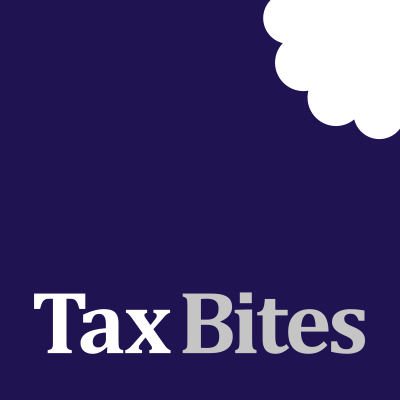
New allowances make simple tax returns complex
1st August 2016
Posted in Articles, Private Client by Forbes Dawson
Most people are familiar with the new £5,000 tax-free dividend allowance but not many people appreciate the complications between this and the Savings Rate Band and the Personal Savings Allowance (‘PSA’).
These allowances can offer tax savings but you may need to sit in a dark room with a towel over your head to calculate the benefits.
How it works in practice and the structure of your income/allowances
First let’s see how two individuals with the same level of income can have different tax liabilities.
During the 2016/17 tax year Mrs Bell is paid a salary from her practice of £14,000 and receives a dividend of £8,000 giving total income of £22,000
Mrs Bell is a basic rate taxpayer and has a personal allowance of £11,000.
| Mrs Bell – 2016/17 | Non Savings Income | Dividend Income | Total Income |
| £ | £ | £ | |
| Salary | 14,000 | 14,000 | |
| Interest | |||
| Dividend | 8,000 | 8,000 | |
| Personal Allowance | (11,000) | NIL | |
| Total Income | 22,000 | ||
| Taxable | 3,000 | 8,000 | |
| Tax | |||
| Basic rate band: £3,000 x 20% | 600 | ||
| Basic rate band: £5,000 x 0% | NIL | ||
| Basic rate band: £3,000 x 7.5% | 225 | ||
| Total Tax | 825 |
Compare this with Mr Lee who is also a basic rate taxpayer who runs his own private company. Mr Lee is paid a salary from the company of £8,000, interest on his director’s loan account of £6,000 and a dividend of £8,000, once again giving total income of £22,000.
| Mr Lee – 2016/17 | Non Savings Income | Savings Income | Dividend Income | Total Income |
| £ | £ | £ | £ | |
| Salary | 8,000 | 8,000 | ||
| Interest | 6,000 | 6,000 | ||
| Dividend | 8,000 | 8,000 | ||
| Personal Allowance | (8,000) | NIL | (3,000) | |
| Total Income | 22000 | |||
| Taxable | NIL | 6,000 | 5,000 | |
| Tax | ||||
| Savings Rate Band: £5,000 x 0% | NIL | |||
| Personal Savings Allowance: £1,000 x 0% | NIL | |||
| Basic rate band: £5,000 x 0% | NIL | |||
| Total Tax | NIL |
Although Mr Lee and Mrs Bell both receive total income of £22,000, the structure of Mr Lee’s income means that he has no tax liability whereas Mrs Bell has a liability of £825 (not to mention the National Insurance consequences).
Why is this?
Things work this way because the £5,000 Savings Rate Band is only effective to the extent that interest is taxed in the first £5,000 of income after the personal allowance (but the personal allowance can be allocated against different sources of income). Therefore in cases where there is a director’s loan account it makes sense to charge interest on the account and structure things so as to ensure that interest falls within the Savings Rate Band ‘sweet spot’.
Therefore the optimum position seems to be:
- Low annual salary.
- Loan interest on loans to company or other savings income up to £6,000.
- Top up with dividends
Pointers going forward
- Pay sufficient dividends to always use the £5,000 Dividend Allowance.
- Look to allocate your Personal Allowance against your non-savings income. It is possible to allocate the Personal Allowance in the taxpayer’s favour.
- Where possible make sure your first £5,000 of income after personal allowances is savings income for example bank interest or director’s loan interest.
- Your PSA and Savings Rate Band all have to fall within your basic rate band with the Savings Rate Band taking priority.
- There are also unexpected consequences of charitable and gift aid donations, on which we will write a separate tax bite.
- Do not rely on your tax software package or HMRC’s calculations to optimise the tax savings; a manual reconciliation will be necessary – this may be rectified over the coming months.



